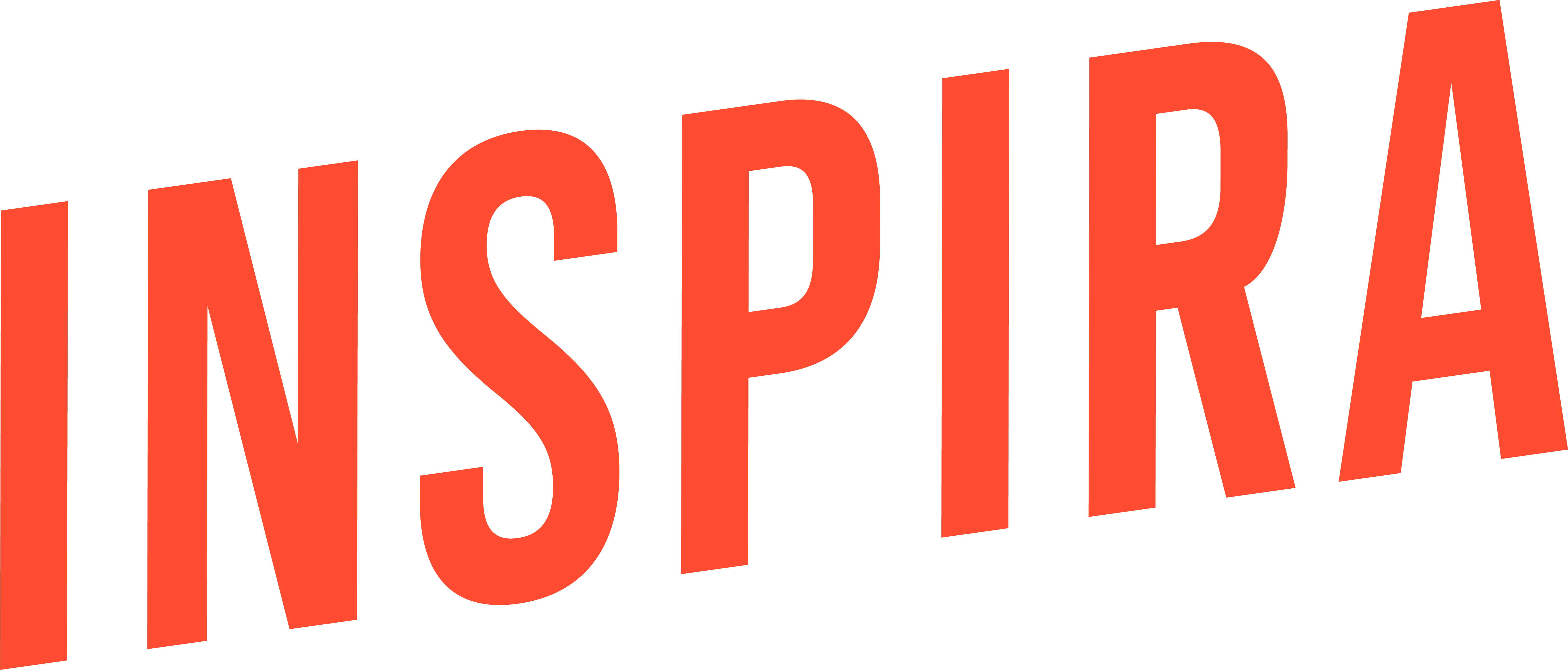Did you know the colors you see while you’re experiencing something can greatly affect how well you remember what you saw? And the research shows this effect functions across the entire spectrum, from physiology to psychology, behavior and memory.
Color and emotion aren’t just something graphic designers and other artists should be worried about: every visual medium a marketer creates, approves, or ideates has a profound effect on a potential client or customer.
The link between color and emotion is well-researched, but are you actually applying this color theory to your brand’s story?
A Quality Product Isn’t Always Enough
In a marketplace full of product parity, purchase decisions transcend the traditional feature-benefit construct. Efficacy, price, and quality are essential attributes, but they’re little more than the cost of entry these days.
Finding a distinctive point of difference is critical in today’s highly competitive, cluttered, and fluid environment. So marketers, researchers, and scientists are working together to study and better understand the dynamics of emotion. How our behavior, perceptions, and decisions are influenced consciously and subconsciously in the deep recesses of our brains.
Traditional marketing research has been based on what consumers say and think through a range of qualitative measures. However, one intriguing dimension is the neuromarketing research BlueKite did in analyzing what people do, see, and feel while interacting with different marketing assets.
Adrian Tennant and his team measured the emotional, unspoken, and spontaneous reaction to visual stimuli and assets (e.g., advertisements, websites, POS, brochures and collateral, direct mail, etc.).
What does that mean to marketers?
Visuals Set Your Brand Apart
By the very nature of our discipline, everything about a consumer engagement is "visual:” the product, footprint in which brands are activated, the manner in which brand ambassadors are dressed, vehicles used in a mobile tour, and the many different elements of signage.

Commenting on his motivation to share recently published research with us, Adrian said:
“One of the strongest determinants of whether something grabs our attention is its visual saliency. This is one of the reasons we are so interested in the psychological effects of color.
When we present marketing materials in our lab we observe research participants' psychophysiological responses: eye movements, pupil dilation, and changes in facial muscles. The data shows which elements of advertisements people pay most attention to and, just as importantly, what goes unnoticed. Attention and emotional responses also reveal how people engage with content. Most of the time we are blissfully unaware that we are processing environmental stimuli - 90 percent of our thinking is subconscious.”
One such dynamic is the direct and impactful effect of color.
Color Creates and Enhances Emotion
A French study of university students explored the colors red, blue, green, and white (the control color) with respect to three emotional spectrums: dominance, arousal, and pleasure. The data revealed:
- Red had the strongest emotion. It was associated with dominance and arousal, strength, and power. And interestingly, achievers wearing red had a greater probability of winning contests than those wearing blue.
- Blue was moderately associated with dominance, although closely related to the dynamic of calm and assurance.
- Blue and Green were slightly more pleasurable than red.
- Green increases wellbeing, excitation, and enjoyment.
According to Walid Briki, the color study’s principal investigator:
"If people seek to trigger immediate reactions in everyday life (e.g., asking drivers to reduce speed immediately) or to elicit attraction… red would be particularly useful because red may be perceptually treated as a signal of power and/or fertility. By contrast, using blue or green would be particularly recommended to elicit… motivation-related reactions from people and to develop a sense of confidence… blue and green seem to be particularly useful in academic or coaching contexts.”
Adrian added:
“Most of the billions of dollars invested in paid media every year aim to stimulate consumer motivation through sight and sound. Experiential Marketing takes that a giant leap further - facilitating playful interaction with a brand and engaging all five senses. Every aspect of the experience can be designed to elicit emotions - and operate below the level of conscious awareness.
Multi-sensory brand associations can strongly influence consumer preferences and behavior. In psychological terms, hands-on experience with a brand is key, since interaction changes consumer attitude faster than attitude changes action.”
And therein lies the key dynamic. We have the opportunity to create physical and emotional interactions – multi-sensorial and multi-dimensional – to influence consumer behavior more effectively than changing their attitude.
Use Emotions to Tell Stories
Inspira Marketing is in the business of establishing and creating physical and emotional connections between brands and consumers. Our core competency is more than feet-on-the-street and handing out samples. We tell brand stories through multi-sensorial and deeply immersive experiences other marketing communication platforms simply can’t deliver.
Contact us today to learn more, or to help set up a consultation for your own experiential marketing strategy.
